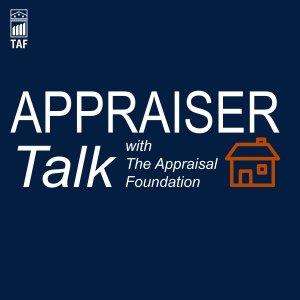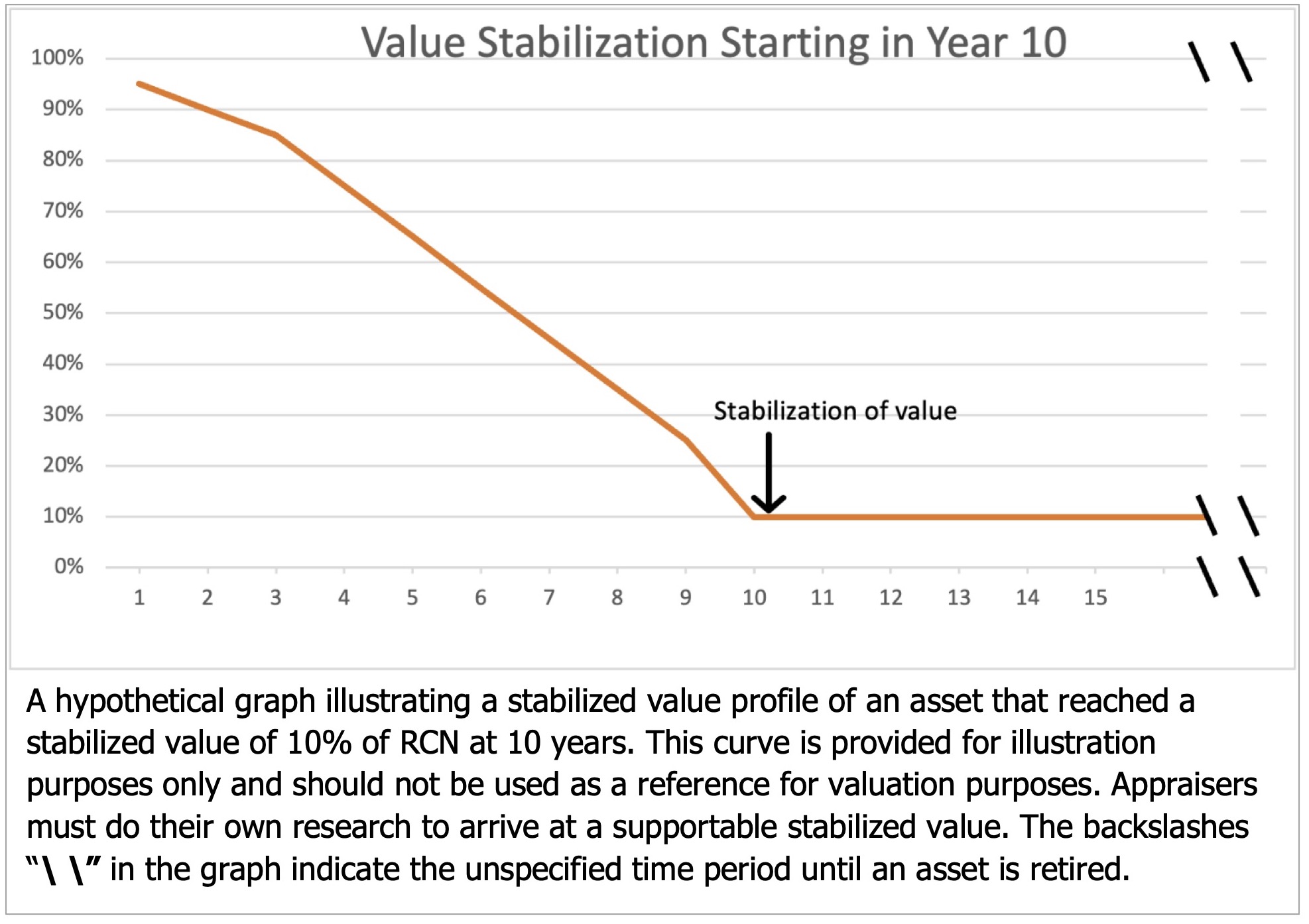The purpose of an equipment appraisal drives the definition of value. For instance, when a Sacramento bank requests an appraisal of heavy equipment owned by a construction business in West Sacramento for the purposes of a collateral loan, we are likely to use Orderly Liquidation Value because that would give the lender the most accurate value on what the equipment might bring should the loan experience default.
On the other hand, when appraising manufacturing equipment for a ceramic factory in the San Francisco Bay Area that needs a report for due diligence or taxation, the value of choice is usually Fair Market Value in Continued Use, as this gives the most appropriate value of machinery that is expected to continue in use, in place, as part of an income-producing business.
Now and then, in performing equipment appraisals, I’ve found value discrepancies that make business owners give their heads a shake. Most times they’re convinced that their equipment is worth more – some times much more! – than the stated opinion of value. Others are just as certain that the equipment can’t possibly be worth as much as the report indicates. Now and again, in certain shared expert situations, we have someone with each of those opinions! Receiving an appraisal in which the current value is much higher or much lower than the original price paid can be confusing without adequate understanding of the difference between price and value.
Sometimes, the value of the appraised construction, manufacturing or agricultural equipment is considerably higher than the amount that the company paid for it several years ago. What you might presume from this is that the company made a brilliant purchase. While that could certainly be the case, other factors must also be considered.
Many profitable companies are skilled at buying assets at far below market prices. This can often be done at auctions; those prices reflect liquidation values and so aren’t useful when the equipment appraisal report is concerned with a variation of Fair Market Value. It’s also important to remember that these low purchase prices don’t include any additional costs incurred to make the asset operational, such as new tires, engine overhaul, part replacement, etc.
In other cases, the value of the appraised equipment can be considerably lower than expected, considering its purchase price. This can be due to a number of factors, not all of which indicate the owner paid too much! Sometimes the unexpectedly low values reflect inadequate maintenance, recent technological advances, a glut of similar used equipment or a wide-spread economic adjustment like the recent recession.
Our Equipment Appraisal website addresses this directly on our FAQ page:
Appraisers arrive at an unbiased opinion of value. While value is often determined by looking at some forms of price data and making adjustments, it is not accurate to assume that the selling price of an item will be the same as the value. Have you ever gotten a deal on something and felt that you paid less than value? Have you ever realized after a transaction that you could have gotten the same item cheaper some place else?
Or, as Warren Buffett famously quipped, “Price is what you pay. Value is what you get.”
Jack Young
NorCal Valuation



